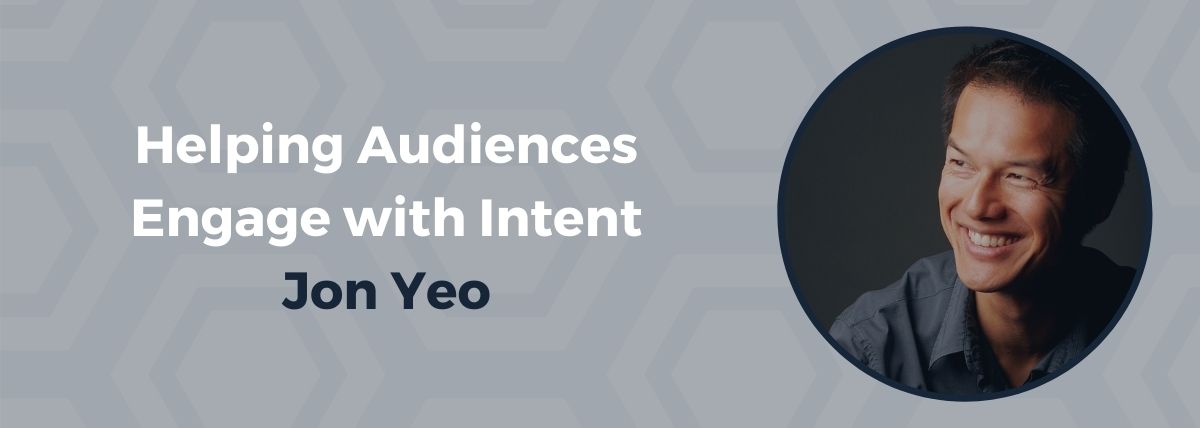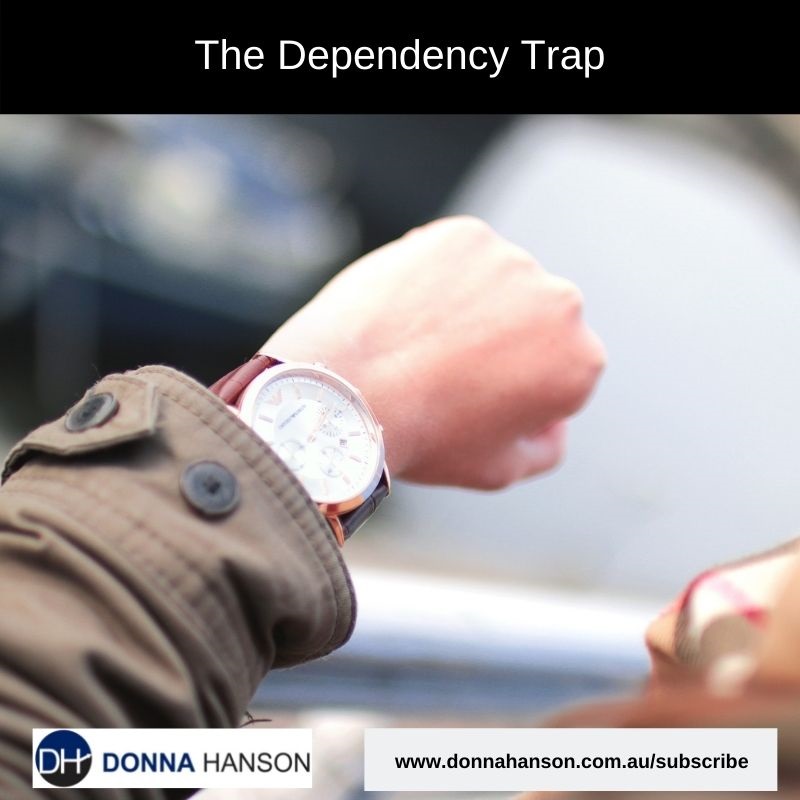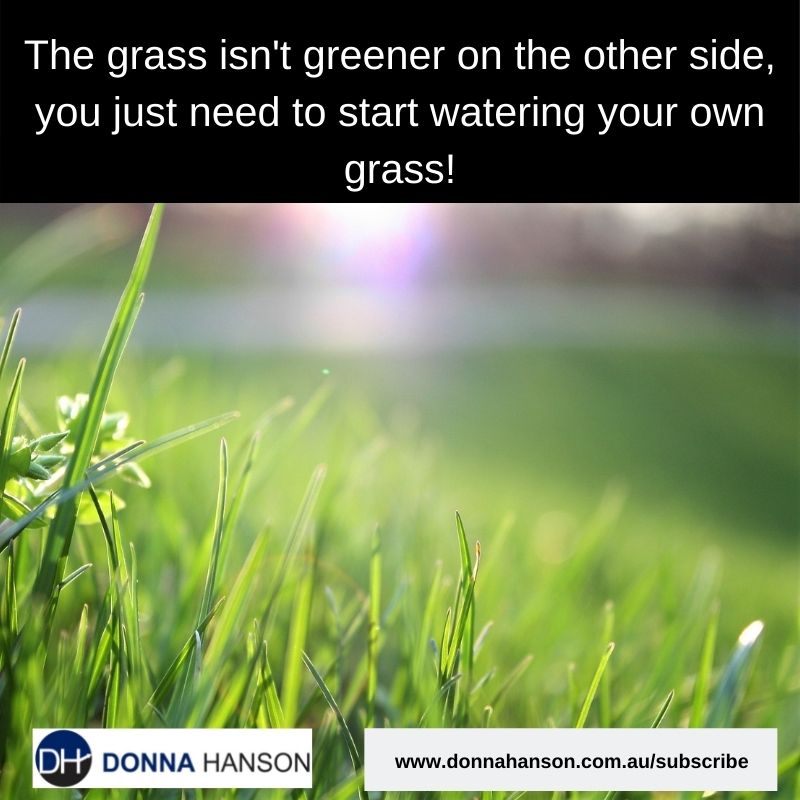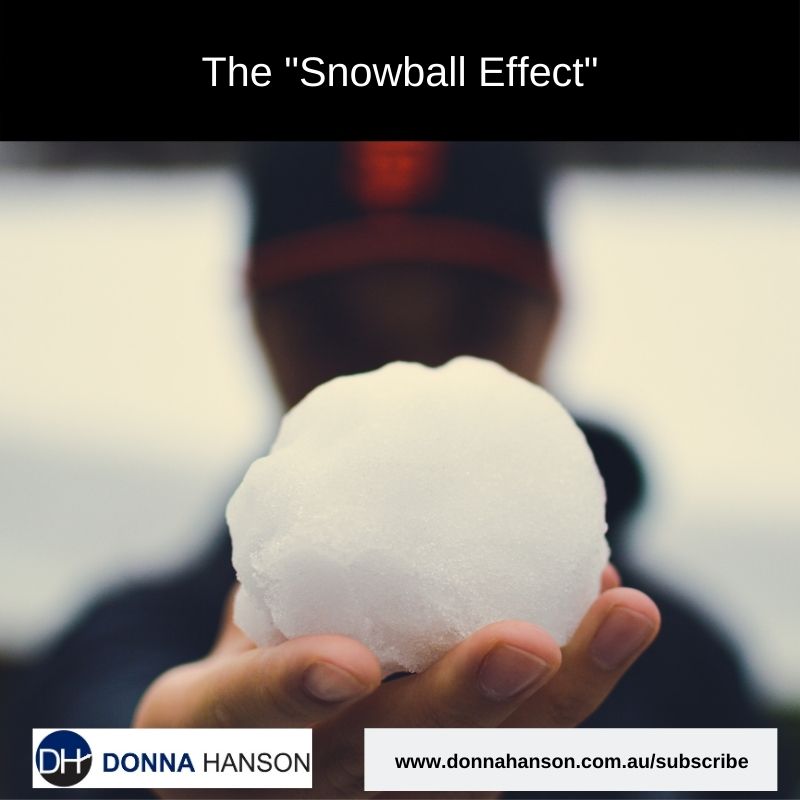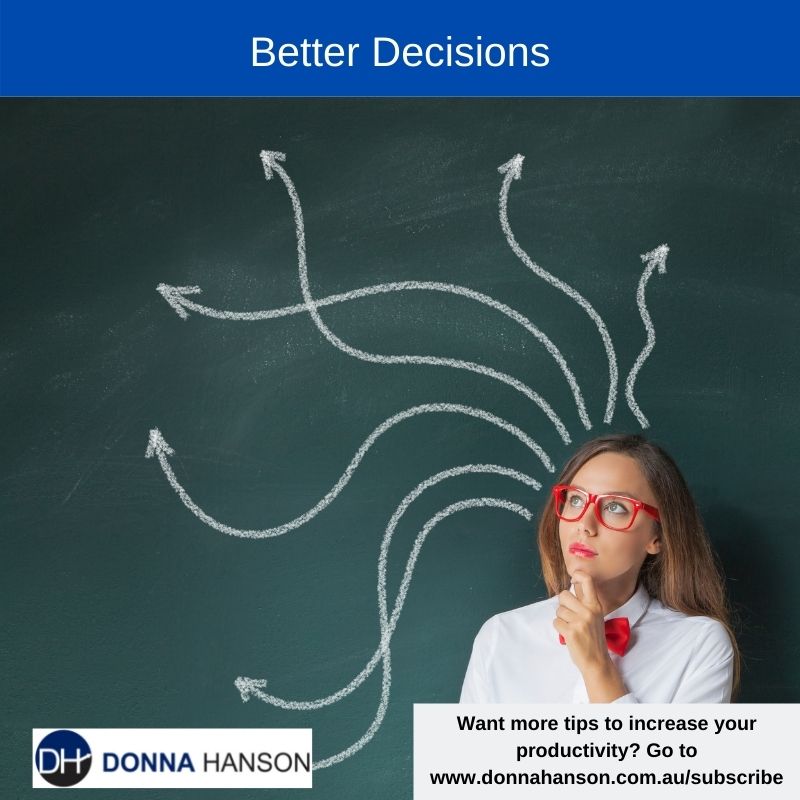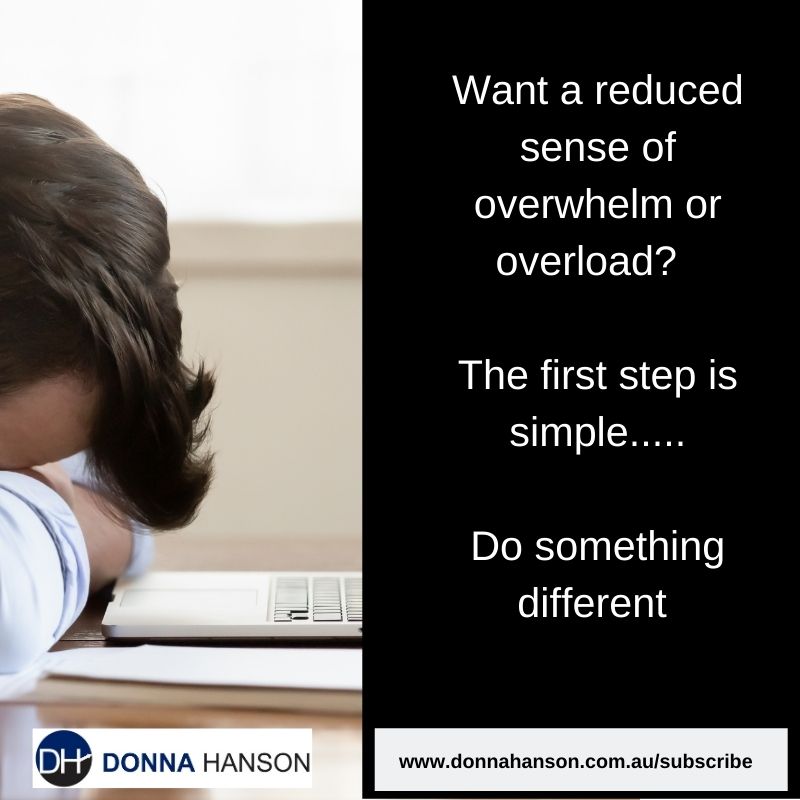The Impact of Wellbeing in the Workplace – Laura Timbrook
Despite the best of intentions, life can get busy and stressful. Soon we start to notice we aren’t as energetic, focused or alert as we used to be, leaving us feeling less productive, frustrated and looking for a quick fix. With fad diets, stress management apps and fitness gurus, it’s hard to get back to a place of feeling healthy, happy and energetic. My guest in this episode, US based, national board certified health and wellness coach Laura Timbrook sees this all the time! Laura believes in practical, straight forward solutions to get results and she’s passionate about …
Helping Audiences Engage with Intent – Jon Yeo
We are often too busy to consider the impact of our work with each other. In a world of 24/7 connectivity, it is somehow hard to find the time to just get our immediate work done. But by altering our focus in our everyday communications, we can increase our productivity work towards intentional outcomes with clients and colleagues. In this episode I speak with Licensee and Head of Curation of Tedx Melbourne and Communication Coach, Jon Yeo about how we can help our audiences engage with intent. To find out more about Jon, visit www.brightstar.net.au To find out more …
Dependency Trap!
When looking for information most people want an easy fix or quick answer so they can move on with what’s next on their to-do list for the day. If you have ever been out of the office for a day sick or on leave, you may have returned to emails from colleagues asking questions. As you scroll up the list of emails, it is possible you may find an email back from them to say they found the answer they needed. For many if you can’t find the answers immediately, the approach has become, do one of three things: Physically …
The grass isn’t greener on the other side.
A few years ago, I was lucky enough to be able to see Jerry Seinfeld perform a live set in a small theatre in the Upper West Side of Manhattan, New York City. He had so many wonderful stories, insights and anecdotes. Whilst I laughed loud at the time, and was blown away by his ability to observe and craft a story, I struggle to remember more than a couple of stories he mentioned. Cognitive Psychologist George A. Miller created what is known as Miller’s Law. Miller’s Law is commonly understood to mean that in our short term memory, on …
You Don’t Know What You Don’t Know!
When I present, I tell audiences “You don’t know what you don’t know!” It’s one of my favourite things to say because it genuinely taps into technology’s true intent and purpose. I love how it creates “light bulb” moments when, after a presentation someone shares what they learnt and tells me they didn’t realise they don’t know what they don’t know. Our knowledge is limited to our experiences and is different to someone else’s. When you close yourself off to learning you miss the opportunity to grow and be challenged. To me, “You don’t know what you don’t know” is …
No communication IS communication.
My pet peeve is people, or organizations who say they are going to do something and then don’t deliver on the promise. Whilst ideally it would be great to have everyone deliver on their promise, there are times when it just doesn’t happen for whatever reason. When that happens, what I really want is communication, even if it isn’t the news I want to hear. I really don’t care if you aren’t going to meet a deadline we agreed on as much as I want to receive communication that the deadline isn’t going to be met and what is being …
The Snowball Effect
Technology was supposed to make it possible to achieve more, with increased productivity and less risk and stress. But instead, it has resulted in a “snowball effect,” and there is often an underlying sense that being overloaded or constantly struggling with your workload is normal. Learning how to produce a report more efficiently in Excel or automate a regular email helps making your day less stressful and also reduces the risk of errors. Sometimes making the investment of time, and sometimes money, upfront can end up saving you hours of stress and frustration. Don’t accept the “snowball effect!” A simple …
What business can do to make it easier, not harder for staff to be productive
The lightning speed at which organizations shifted to online during the COVID pandemic meant many workers had to learn new technology to access organizational data remotely and participate in workplace meetings online. In a recent Raconteur article, Five Priorities for CIO’s in 2021, CIO’s identified the importance of engaging and educating their workforce with system capability. Whilst to many this may seem obvious, every organization has workers with different skill levels, confidence and exposure to technology that impacts on their perception of their capability. As restrictions start to relax and staff are settling in to returning to work or a …
Better Decisions
Does having access to more information mean we make better decisions? Not necessarily. Regardless of the amount of information we have access to, we can always get more. It may take more time or more resources to access. Sometimes we decide to hold off and gather more information. Other times there may be a sense of urgency, real or perceived, that requires us to make decisions and act based on the information we have at hand. I remember watching the movie “Sully” with Tom Hanks. It is the story of Chesley Sullenberger the pilot who landed his damaged plane on …
Do something different.
When I first start working with clients, they always wanting to fast track results. Whether it is getting their Inbox under control, building and delivering more effective presentations or analysing data in their Excel spreadsheet, they KNOW there will be work involved, but they want to get there quickly! Reality is we didn’t get to where we are, overwhelmed and overloaded, overnight and a one day workshop, one hour seminar or reading a book is not going to “fix” our sense of overload. In his latest book, A World without Email, Computer Science Professor Cal Newport beautifully encapsulates where we …


